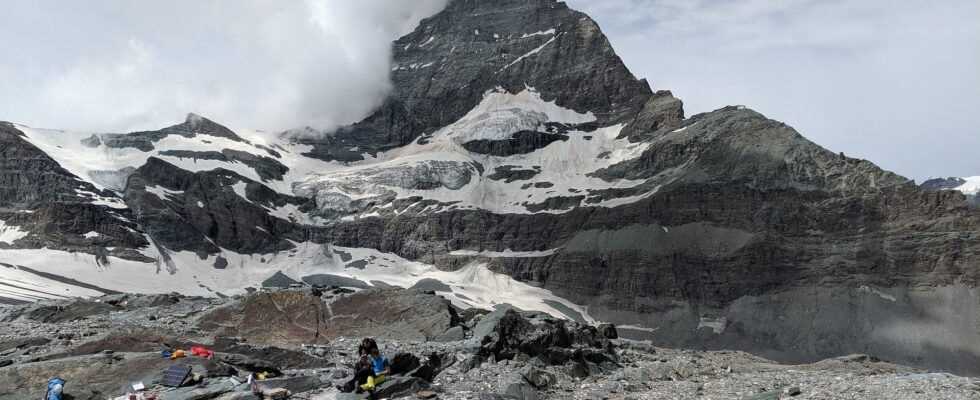The mountain calls – and it vibrates. In any case, the Matterhorn in the Alps is evidently in constant motion. However, the fluctuations in the nano and micrometer range cannot be felt by humans, but can only be measured using a seismometer, as reported by a team led by Samuel Weber from the WSL Institute for Snow and Avalanche Research in the journal “Earth and Planetary Science Letters”. The cause of the vibrations is a resonance effect: the mountain intensifies natural earth movements.
It is known that objects can start to vibrate and have a certain frequency. In the case of the Alpine surveys, however, the data situation is so far sparse. The scientists therefore collected measurement data on the summit of the Matterhorn and on the most famous ascent route, the Hörnligrat. For comparison, they also installed a seismometer at the foot of the mountain. The Matterhorn rises 4478 meters above sea level. The mountain stands largely on Swiss soil, the south face belongs to Italy.
© Jeff Moore / University of Utah
How the peak sways | In this simulation, the natural vibrations of the Matterhorn are exaggerated. The mountain “wobbles” at 0.43 Hertz in a north-south direction.
The researchers used their data to determine the frequency and direction of the resonance vibrations. Their result: the Matterhorn vibrates with a frequency of 0.43 Hertz in a north-south direction and with a slightly stronger frequency in an east-west direction. The mountain moves up to 14 times more on the summit than on the foot. Apparently because the top has more room to move than the more stable foot of the mountain. Weber’s scientists also set the data to music (you can find the recording here) by accelerating the vibration data 80 times.
The sources of the measured mountain vibrations are of different types: wind, earthquakes, tides or human-induced vibrations. The mountain then amplifies the shocks that correspond to its natural frequency.
